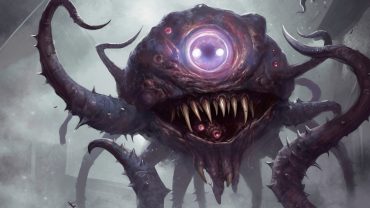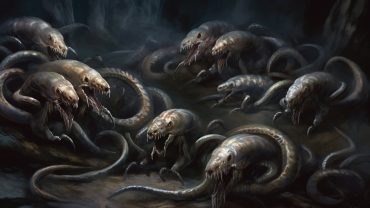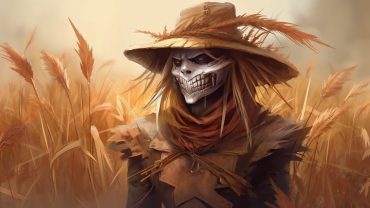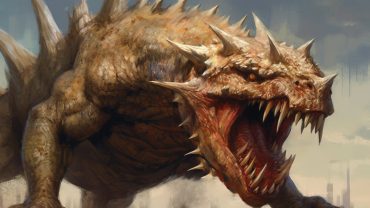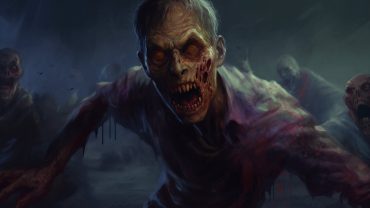Prepare for an epic encounter with Beholder 5E. Our guide delves into the stats, eye-beams, and strategies for facing this iconic DnD monster.
5E Monsters
DnD 5E monsters are non-player characters (NPCs) that the players encounter during their adventures. These monsters can range from common animals like wolves and bears, to mythical creatures like dragons and demons. Monsters are typically controlled by the Dungeon Master (DM), who uses them to challenge the players and create obstacles for them to overcome.
DnD 5E monsters are defined by a set of statistics that describe their abilities and weaknesses. These statistics include the monster’s armor class, hit points, speed, abilities, and attacks. The DM uses these statistics to determine how the monster behaves in combat, how much damage it can take, and how much damage it can deal to the players.
Monsters also have a challenge rating (CR), which is a measure of their relative power compared to the players. A CR 1 monster is considered to be a fair fight for a party of four 1st level characters, while a CR 20 monster is a challenge for a party of four 20th level characters.
Monsters are an essential part of the DnD 5E experience. They provide the players with challenges to overcome and obstacles to overcome. Without monsters, the game would be less exciting and dynamic. Monsters also provide a sense of danger and urgency to the game. Players must be careful and strategic in their approach to combat, or they risk being defeated by the monsters they face.
Monsters also provide a way for the DM to shape the narrative of the game. They can be used to introduce new plot points or provide clues about the larger story. The DM can also use monsters to create memorable moments in the game, such as a dramatic battle against a powerful dragon or a tense encounter with a cunning demon.
